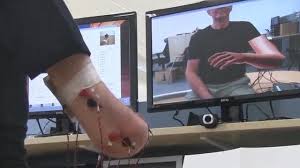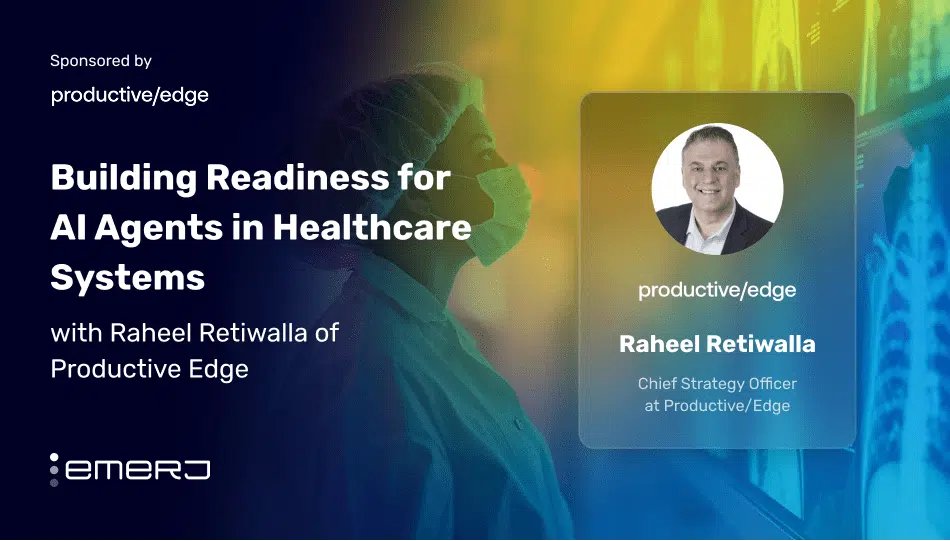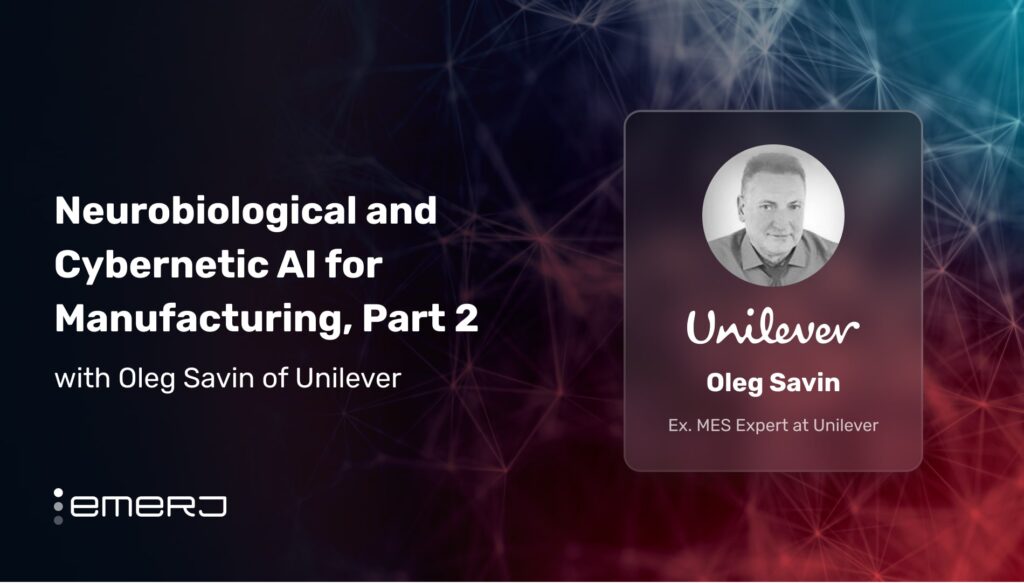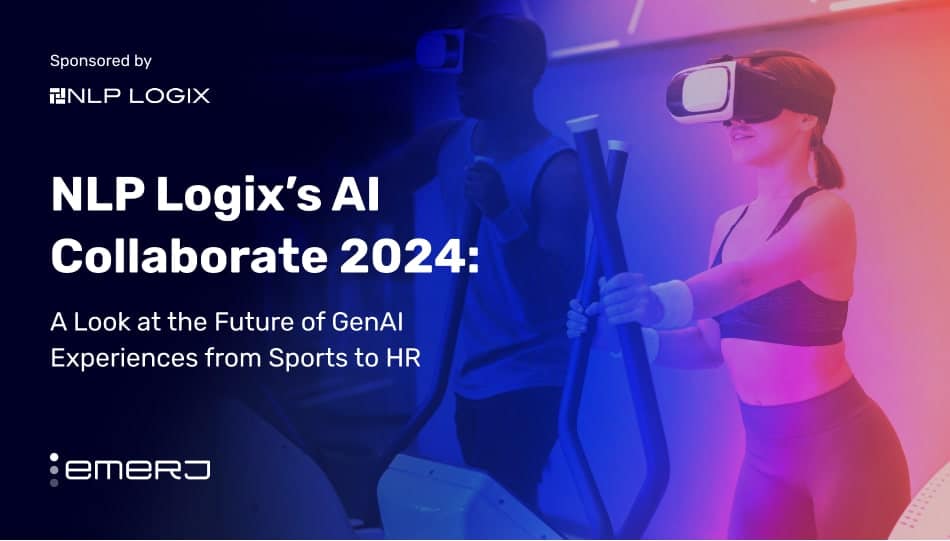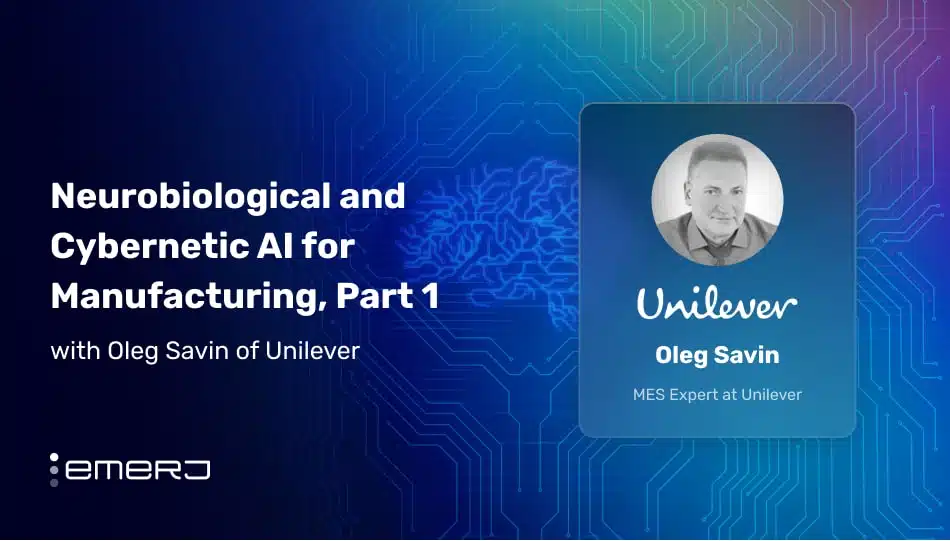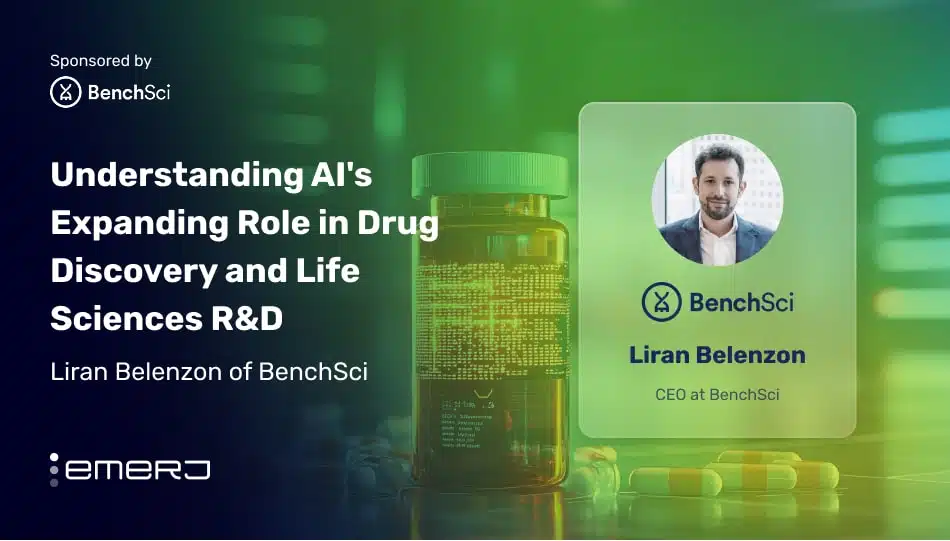Virtual Arm for Phantom Limb Pain
Between seven and 10 amputees suffer from phantom limb pain. Now Swedish researchers have come up with a virtual device that provides a real solution. Max Ortiz Catalan and his team from Sweden’s Chalmers University of Technology have created a device that can be attached to an amputee’s arm stump via electrodes.
Electronic signals from the muscles in the remaining part of the limb are sent to a computer allowing real-time movement of a complete virtual limb. The patient is able to see and move the virtual arm controlled by their stump. Amputee Ture Johnason has been using the device in his home for some time. He says that thanks to the program, his phantom limb pain has been dramatically reduced.
Fishing Line Used to Spin Artificial Muscle
Researchers at the University of British Columbia, UT Dallas and colleagues have developed artificial muscles from sewing treads and fishing line. The team claims that this artificial muscle is 100 times stronger than the real deal and is perfect for use in robots, medical devices and prosthesis.
The synthetic muscle, which looks something like a twisted rubber band, can turn like a rotor and spin at more than 10,000 revolutions per minute. It also has greater contraction than a human muscle of the same weight and length.
Ultrasonic Device Designed to Travel Arteries
A research team headed by F. Levent Degertekin, a professor in the George W. Woodruff School of Mechanical Engineering at the Georgia Institute of Technology has created an ultrasonic device on a 1.4 millimeter silicon chip. The chip has the ability to process signals and transmit data using 13 minute cables, enabling it to easily travel through human arteries and provide 3-D imaging.
Current technology only allows doctors to view cross-sectional images, so if an artery is completely blocked, doctors are unable to see the front, back and sidewalls of the vessel simultaneously. The new single-chip device is designed to assist surgeons working on the heart and may allow patient’s arteries to be unblocked without the need for major surgery.


